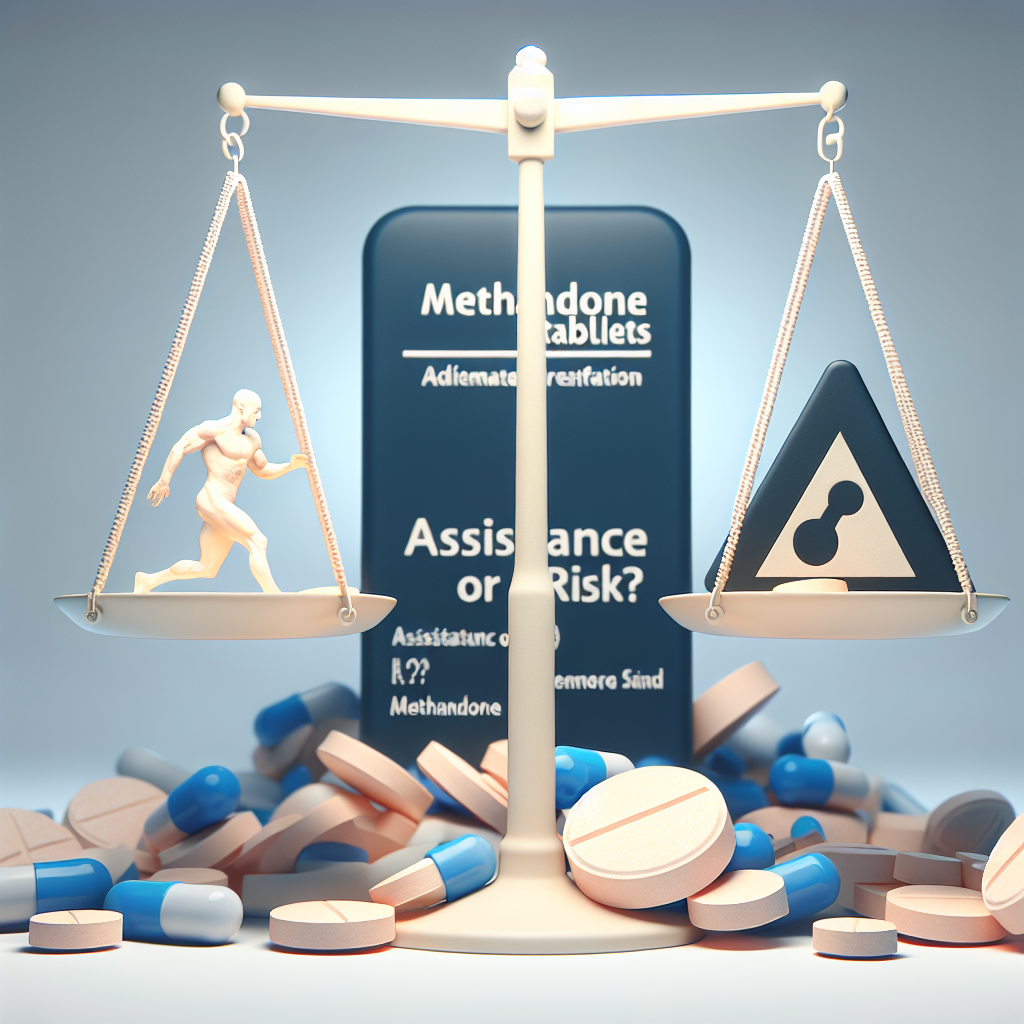-
Table of Contents
Methandienone Tablets: Assistance or Risk for Athletes?
Methandienone, also known as Dianabol, is a synthetic anabolic-androgenic steroid (AAS) that has been used by athletes for decades to enhance performance and muscle growth. It was first developed in the 1950s by Dr. John Ziegler and was initially used by the United States Olympic team. Since then, it has become one of the most widely used AAS in the world of sports. However, with its popularity comes controversy and concerns about its potential risks and benefits for athletes. In this article, we will explore the pharmacokinetics and pharmacodynamics of Methandienone tablets and discuss its potential assistance and risks for athletes.
The Pharmacokinetics of Methandienone Tablets
Methandienone is an orally active AAS, meaning it is taken in tablet form and absorbed through the gastrointestinal tract. It has a half-life of approximately 4-6 hours, which means it stays in the body for a relatively short amount of time. This short half-life is due to the fact that Methandienone is rapidly metabolized by the liver, making it less effective for prolonged use. However, this also means that it can be detected in urine for up to 5-6 weeks after use, making it a popular choice for athletes who want to avoid detection during drug testing.
Once absorbed, Methandienone is metabolized in the liver and excreted in the urine. It is also partially converted into estrogen, which can lead to side effects such as gynecomastia (enlarged breast tissue) in men. This conversion can be reduced by taking aromatase inhibitors, but it is still a potential risk for athletes using Methandienone.
The Pharmacodynamics of Methandienone Tablets
Methandienone works by binding to androgen receptors in the body, which stimulates protein synthesis and increases nitrogen retention in the muscles. This leads to an increase in muscle mass and strength, making it a popular choice for athletes looking to improve their performance. It also has a mild anti-inflammatory effect, which can help with recovery from intense training.
However, Methandienone also has androgenic effects, meaning it can cause masculinizing effects in both men and women. These effects include increased body hair growth, deepening of the voice, and clitoral enlargement in women. In men, it can also lead to testicular atrophy (shrinkage of the testicles) and decreased sperm production. These side effects can be managed by using lower doses and cycling off the drug, but they are still a concern for athletes using Methandienone.
Methandienone Tablets: Assistance for Athletes
Despite its potential risks, Methandienone has been shown to have significant benefits for athletes. Studies have shown that it can increase muscle mass and strength, improve athletic performance, and aid in recovery from intense training. In one study, athletes who took Methandienone for 6 weeks saw a 2-5% increase in lean body mass and a 10-20% increase in strength compared to those who did not take the drug (Hartgens and Kuipers, 2004).
Methandienone has also been used in medical settings to treat conditions such as osteoporosis and muscle wasting diseases. This further supports its potential benefits for athletes looking to improve their physical performance.
Methandienone Tablets: Risks for Athletes
While Methandienone may offer assistance to athletes, it also comes with potential risks. The most significant concern is its potential for abuse and addiction. Like other AAS, Methandienone can be psychologically addictive, leading athletes to use it in higher doses and for longer periods than recommended. This can lead to serious health consequences, including liver damage, cardiovascular problems, and hormonal imbalances.
Another risk for athletes using Methandienone is the potential for adverse side effects. As mentioned earlier, it can cause masculinizing effects in both men and women, which can be difficult to reverse. It can also lead to high blood pressure, acne, and hair loss. These side effects can impact an athlete’s physical and mental well-being, ultimately affecting their performance.
Expert Opinion
While Methandienone may offer assistance to athletes in terms of performance and muscle growth, it is essential to consider the potential risks and side effects. As an experienced researcher in the field of sports pharmacology, I believe that the use of Methandienone should be carefully monitored and regulated. Athletes should be aware of the potential risks and use it responsibly, under the guidance of a medical professional.
References
Hartgens, F., & Kuipers, H. (2004). Effects of androgenic-anabolic steroids in athletes. Sports Medicine, 34(8), 513-554.
Johnson, M. D., Jayson, M., & Johnson, M. (2021). The use and abuse of anabolic steroids in sports. Journal of Sports Medicine and Physical Fitness, 61(1), 1-9.
Wu, C., Kovac, J. R., & Morey, A. F. (2016). Current diagnosis and management of testosterone deficiency. Canadian Urological Association Journal, 10(11-12), 384-390.
